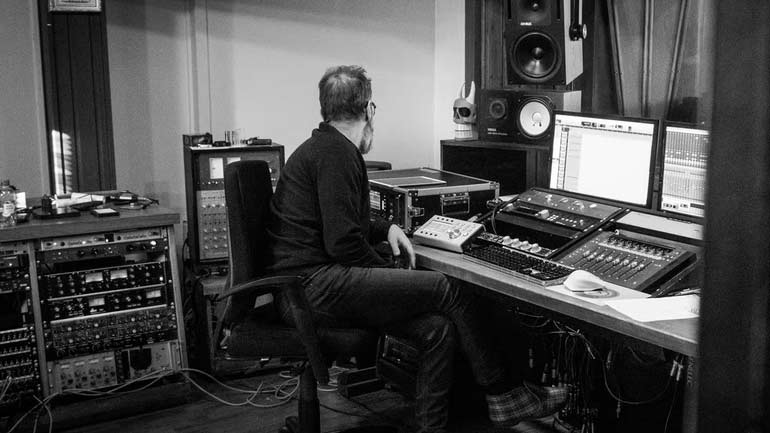
Technological advancements and competition in the marketplace have made it easier for music producers to access quality gear and accessories. Starting a home recording studio could still be a cost-intensive effort, but you can set one up for about $2,000. Then, as you gain experience, you can choose to add high-tech gear to your studio.
Did you know Radiohead’s ‘OK Computer’ was recorded in a home studio? Well, their home studio could have been a tad bit extravagant, but the song’s success goes to show you can create quality music, even if you are sitting in your garage.
The article will introduce five pieces of home studio equipment that will get you started on your audio journey.
1. A Microphone
The two main microphones that you should consider for your home studio are condenser and dynamic microphones. If you are recording vocals or audio from an acoustic guitar, you could opt for a condenser microphone. If you will be working with multiple people in the studio, for example, recording a podcast, you could choose to explore the range of dynamic microphones.
2. Monitor Speakers
When mixing, you need to know what the mix sounds like exactly. In the case of a hi-fi speaker, the audio will be enhanced to make the listening experience pleasant, but that will not work for you while mixing.
Monitor speakers will provide a neutral response to the audio. Choose a monitor according to the size of your studio room for optimal quality.
3. Headphones
Open-back and closed-back are the two popular headphones options available for a home recording studio. Technically speaking, in an open-back headphone, the audio comes from the back of the ear cups. As a result, it provides a more airy sound and makes listening a relaxing experience.
With closed-back headphones, the sound comes from the front of the ear cups. They provide excellent sound isolation. With audio leakage no longer an issue, you will not be disturbed during your recording session.
4. Pop Filter
A pop filter or shield acts as a filter for your microphone. Without a filter, plosives can become a part of your recorded audio. You will have to make a considerable editing effort to improve the quality of the sound.
A pop filter is a budget-friendly accessory that filters out excess pressure and produces a clean output. It can also protect your microphone from getting saliva all over it.
5. Audio Interface
An audio interface is what you will need to convert the analog signal coming from your instruments and microphone into a digital format that your computer will recognize. It would be best if you chose the audio interface configuration depending on your requirement.
For example, if you are recording a solo artist, a two-channel audio interface should work. But you will need a bigger interface if you are recording a choir, for example.
Wrapping Up
You can get started on your home recording studio with the simplest pieces of equipment. There are online resources available that you can use to educate yourself on home studio gear and techniques. Instead of getting overwhelmed with specifications and configurations, choose essential and quality gear and focus your energy on creating.




